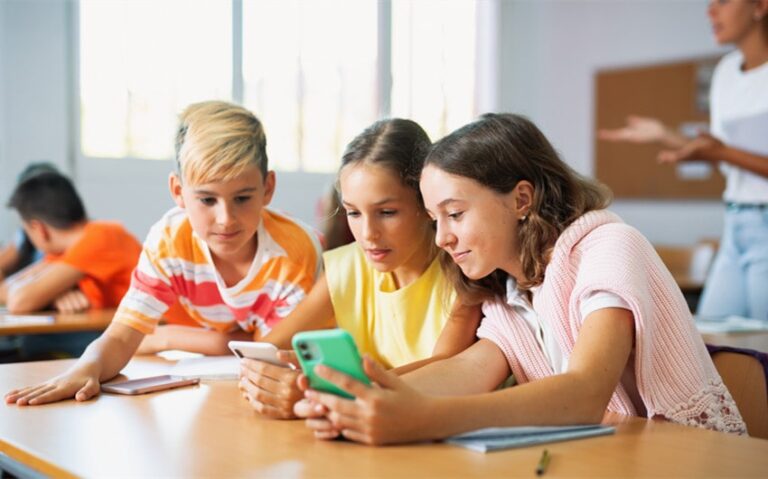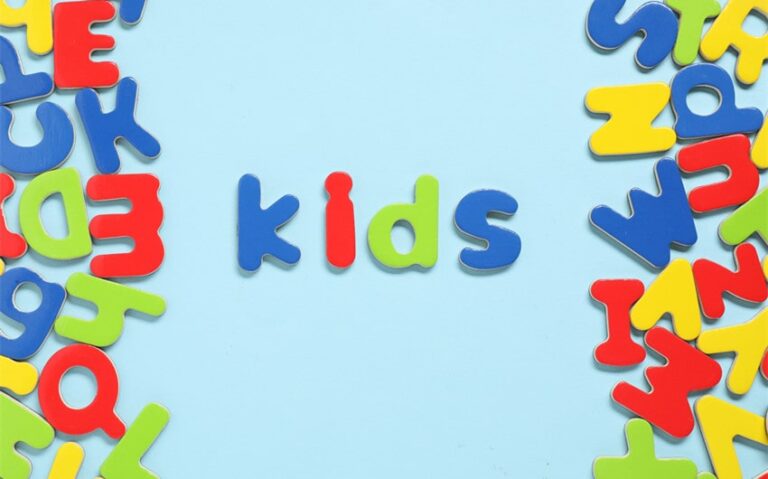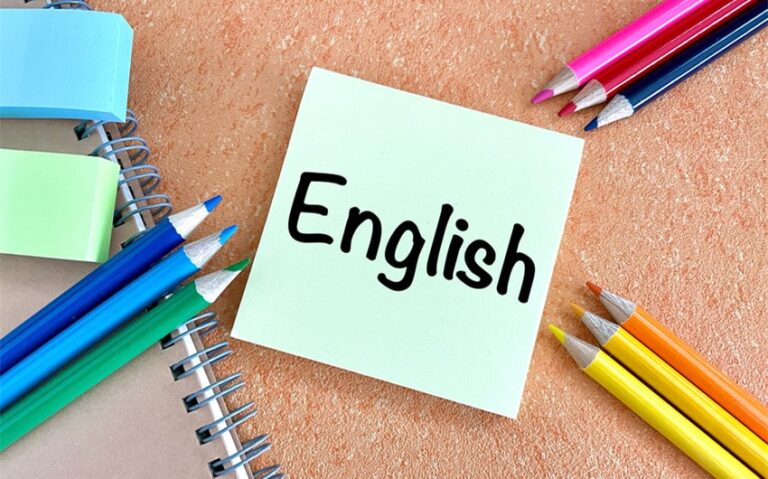Innovative Strategies for Supporting Children with Learning Disabilities
Children with learning disabilities traditionally face unique challenges in traditional classroom settings, so exploring innovative approaches to support their academic and personal development is essential. From personalized teaching strategies to integrating technology, new methods are creating more inclusive and effective learning environments.
Understanding each child’s specific needs allows parents, educators, and caregivers to develop targeted strategies that build confidence and foster success. Technological advances make tailored learning experiences more accessible than ever, giving students the tools they need to thrive.
Adopting personalized learning strategies can also play a role in overcoming stigmas and addressing social issues. Foundational changes, like adopting Universal Design for Learning principles and integrating text-to-speech tools, empower learners and ensure all children can achieve their academic goals.
The Impact of Learning Disabilities
Learning disabilities affect millions of children worldwide, impacting their ability to read, write, process math, or retain information. Conditions such as dyslexia, dyscalculia, and ADHD can create barriers to traditional learning methods. This can be frustrating for learners and may cause some setbacks in their academic journey. Beyond academic struggles, these challenges often contribute to frustration, anxiety, and low self-esteem.
Social interactions can also be complicated. Children with learning disabilities may struggle with communication, leading to isolation or misunderstandings with classmates. Adapting and altering traditional teaching methods is crucial for those who wish to support children with learning disabilities. Creating a positive learning environment can significantly improve academic performance and emotional well-being.
How Technology Can Support Learning
Educational technology advancements have transformed how children with learning disabilities access information. Tools like speech-to-text software, audiobooks, and interactive learning apps help students process material in ways that align with their strengths.
One fascinating development is the role of video games in education. Studies suggest that video games help children with learning disabilities by making learning more engaging and interactive. These games can reinforce reading comprehension, problem-solving skills, and hand-eye coordination in a fun and supportive way.
Some video games serve an important therapeutic purpose, too. Games like AKL-T01 Fast ForWord help children with dyslexia and/or ADHD. The games improve focus and concentration while promoting attention and reading skills.
Beyond gaming, adaptive learning platforms use artificial intelligence to adjust lessons based on a child’s progress. Programs like these identify knowledge gaps and modify instructional methods to ensure students grasp foundational concepts before moving forward. Used properly, technology enhances learning experiences and helps students reach their potential.
The Power of Personalized Learning
A personalized approach to education acknowledges that every child learns differently. Adaptive learning systems adjust to a student’s pace, offering targeted instruction that builds on strengths while addressing weaknesses. Teachers who tailor lessons to an individual’s learning style improve engagement and comprehension.
Some institutions integrate multi-sensory instruction, combining visual, auditory, and hands-on activities to reinforce lessons. Strategies like breaking assignments into manageable steps, using graphic organizers, and incorporating assistive technology empower students to take control of their education.
The success of personalized learning highlights the importance of flexibility in teaching. Whether it’s through alternative assessment methods, customized lesson plans, or one-on-one support, adapting to a child’s unique needs fosters a more inclusive and practical educational experience.
Parental Involvement in Learning Strategies
Parents play a crucial role in supporting children with learning disabilities. Simple strategies, such as reading together, practicing time management skills, and providing structured homework routines, reinforce classroom learning.
Creating a positive home environment encourages resilience. Praise for effort, rather than outcomes, helps build confidence. Educational tools like audiobooks or dictation apps can also make studying less stressful. Additionally, seeking guidance from educators and joining parent support groups provides valuable insights and encouragement. Community groups like Parent-to-Parent USA support parents and help them learn more about learning disabilities.
Collaboration between parents and teachers is essential since regular communication ensures that learning strategies remain consistent across home and school settings. By working together, families and educators create a cohesive support system that nurtures growth and achievement.
Overcoming Stigma and Creating an Inclusive Environment
Despite advancements in educational practices, stigma remains a significant challenge for children with learning disabilities. Misconceptions about intelligence and capability can lead to lower expectations, limiting opportunities for success. Schools are responsible for overcoming these misconceptions, and teachers should strive to create more inclusive learning environments.
Educators can promote inclusivity by incorporating Universal Design for Learning (UDL) principles. These principles provide multiple ways for students to engage with material, express knowledge, and build motivation. Encouraging peer support groups and implementing anti-bullying initiatives also help create a more accepting school culture.
When teachers, parents, and students recognize that learning disabilities are not a reflection of intelligence but differences in information processing, they foster a more supportive and empowering environment.
Conclusion
Supporting children with learning disabilities requires creativity, patience, and a commitment to tailored educational strategies. Innovative tools, including assistive technology and personalized learning approaches, enable every child to succeed.
Families and educators can help shape a more equitable and supportive future for children with learning disabilities by embracing these strategies and seeking additional resources. Education should be a journey of discovery and empowerment, acknowledging every learner’s potential.







